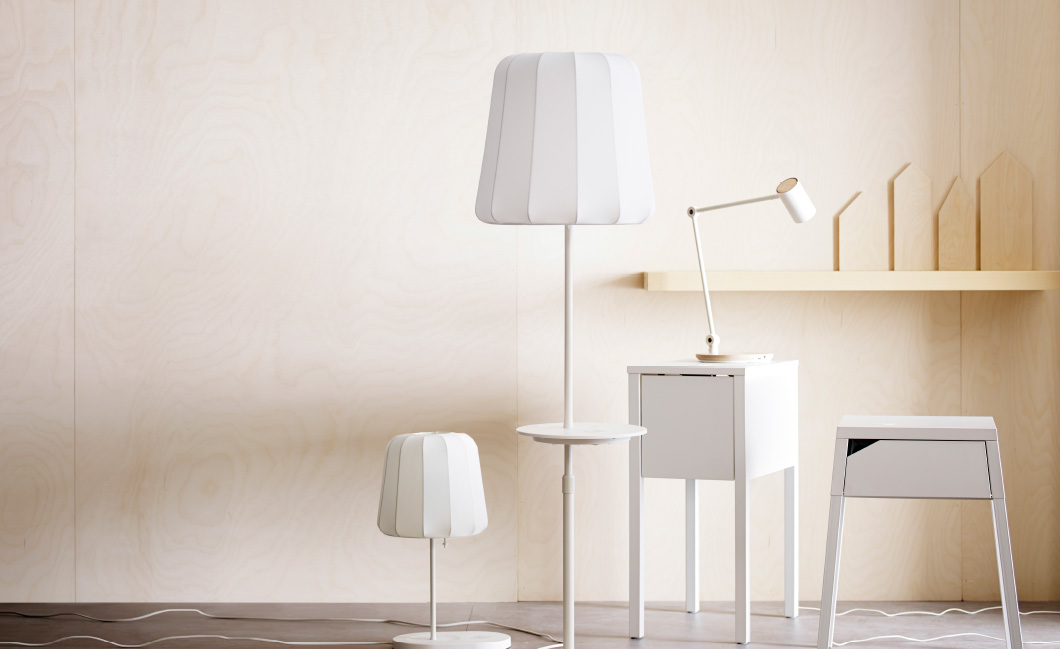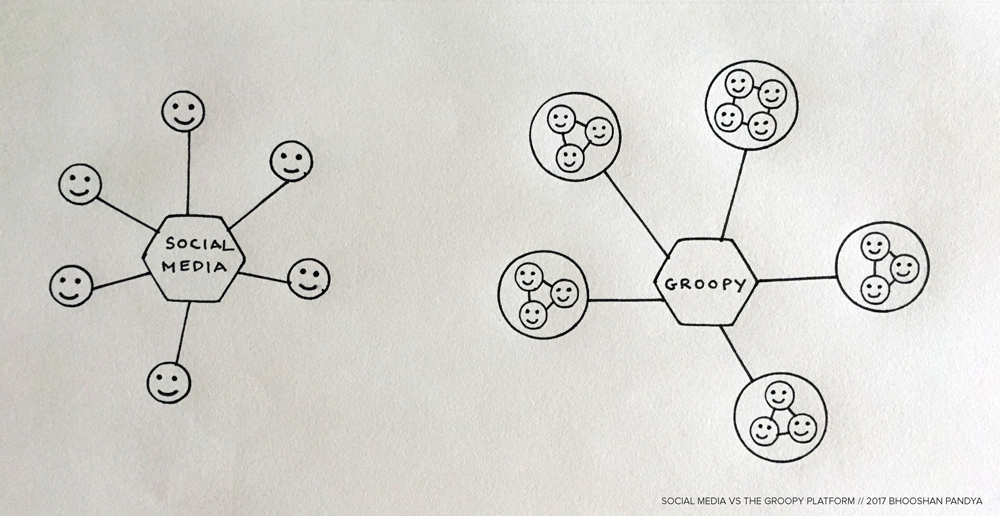Today is the International Day of Persons with Disabilities, promoted by the United Nations since 1992 as an understanding of disability issues and to mobilize support for the dignity, rights, and well-being of persons with disabilities. I find this an excellent opportunity to reflect on the choices we make as designers of the modern digital revolution in embracing inclusive design for our products.
Product companies are increasingly aiming for an equitable relationship with its diversified customer segments. Designers in the ‘customer experience’ and ‘user experience’ field whose primary focus was streamlining user-interactions would have to accommodate a strategic-level thought process in incorporating a 360-degree outlook which includes a product’s physical & environmental aspects besides UI. For design professionals, therefore, the boundary between ‘industrial design’ and ‘experience design’ has blurred exponentially as customers evolve and companies remain committed to delivering business value.
As a consultant, I am involved in the framing of a viable design strategy for digital systems and applications, and it becomes imperative that I acknowledge the ambiguity of connecting the product goals with user needs and make amends in advocating a design which is inclusive for all. In more specific terms, that means integrating a systems design that reaches out to the masses by helping them achieve their objectives regardless of the physical and mental hurdles. In the words of the legendary Steve Jobs lies vital clues for designers in approaching products from the context of an ‘inclusive design’ which is engaging.
“Most people make the mistake of thinking design is what it looks like. People think it’s this veneer – that the designers are handed this box and told, ‘Make it look good!’ That’s not what we think design is. It’s not just what it looks like and feels like. Design is how it works.”




